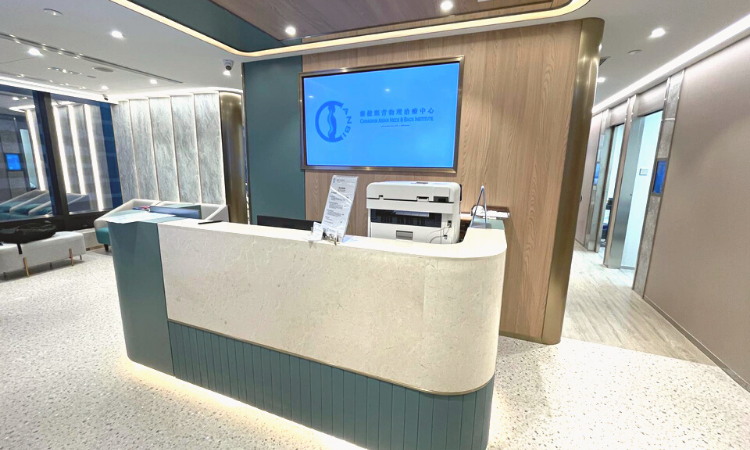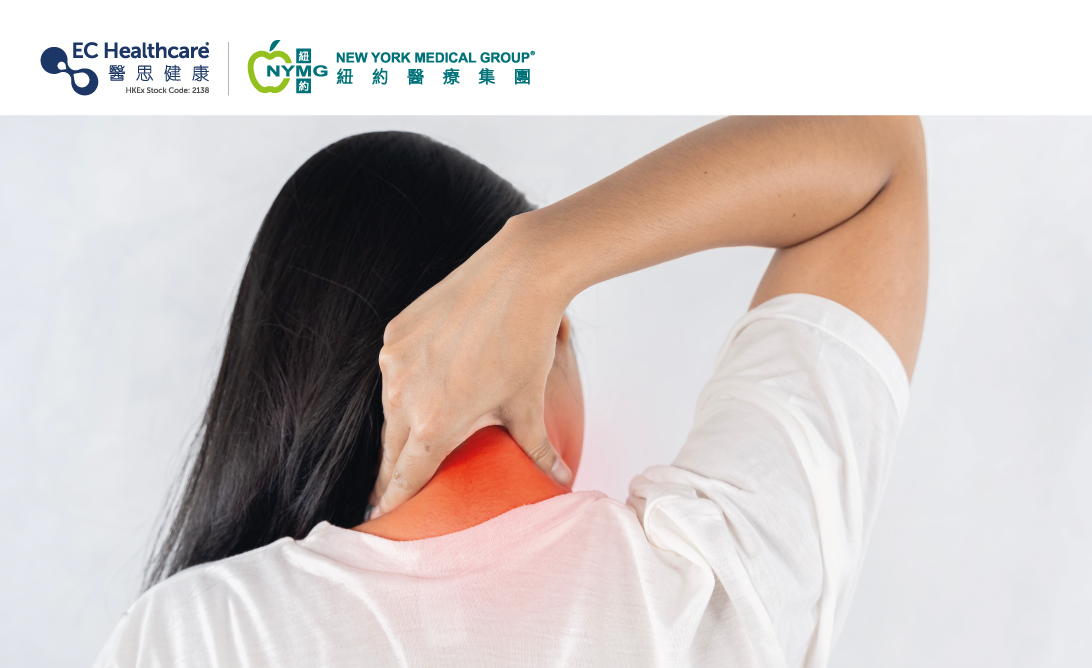Poor Posture at Work could Prompt Pain Problems


Pain ailments have always been a lingering hassle for Hong Kong people, especially for wage earners who sit in offices or use computers and phones for long periods of time. Even if they are not in the office, workers still have to work at home during the epidemic, with a surge of 30 per cent seeking medical treatment for pain caused by poor posture. A correct posture could safeguard your health!

Poor work postures
1. Using a computer in the same sitting position for long periods of time, or working on paperwork that involves multiple repetitive actions, e.g. typing and mouse clicking, which can cause muscle fatigue and strain, resulting in pain.
2. Poor posture, e.g. rounded shoulders, leaning forward of the neck, etc. which can cause muscles to become tense, exacerbating pain and increasing the risk of muscle strain.
3. Sitting in the wrong position, e.g. working on a tablet on a sofa or in bed. The half-lying posture and sitting with your legs crossed could cause the upper body to lean forward and increase the pressure between the vertebrae.

4. Computer set-up issue. Insufficient space makes it difficult to stretch the lower limbs, insufficient depth of the table makes it difficult to support the hands and causes strain, or the computer screen is not placed directly in front of you. It causes back and neck pain due to working with the neck or lower back sideways for long periods of time.
5. The design of the computer chair is inappropriate, causing the user's back to be bent and not supported by the back of the chair.
In fact, whenever you sit in an incorrect posture, whether at work, playing games or studying, some of your spinal joints will be subjected to excessive pressure, causing muscle weakness, tension or pain, and even symptoms such as pain, paralysis or weakness in the hip and thigh muscles, which will also increase the risk of low back pain, sciatica and disc erosion.
If left unattended for a long period of time, the pain may extend to the shoulder and neck area and even cause nerve cord processing, resulting in numbness in the arms and legs, with unimaginable consequences.

Improve posture, prevent and treat pain problems
The first thing is to sit right. When we sit down, our feet should be firmly planted on the floor, with our feet shoulder-width apart. If the feet cannot reach the floor, the chair is too high. It is best to choose a chair with a high back and lumbar support or use a lumbar support that fits the curve of your back to avoid increasing the burden on your spine and neck. The knees should be bent at approximately 90 degrees perpendicular to the floor and the back is at 90 degrees to the chair.
When working, your back should be straight against the back of the chair, with your chin tucked in, and you should not shrug or hunch your shoulders to accommodate the keyboard. The computer table and screen need to be adjusted so that your eyes fall in the centre of the screen and your elbows and arms can rest on the armrests of the chair.

However, even in good posture, maintaining the same posture for a long time can cause strain. It is recommended to stand up and stretch for about 20 seconds every 20 minutes at work to reduce the chance of pain.
Related Brands



